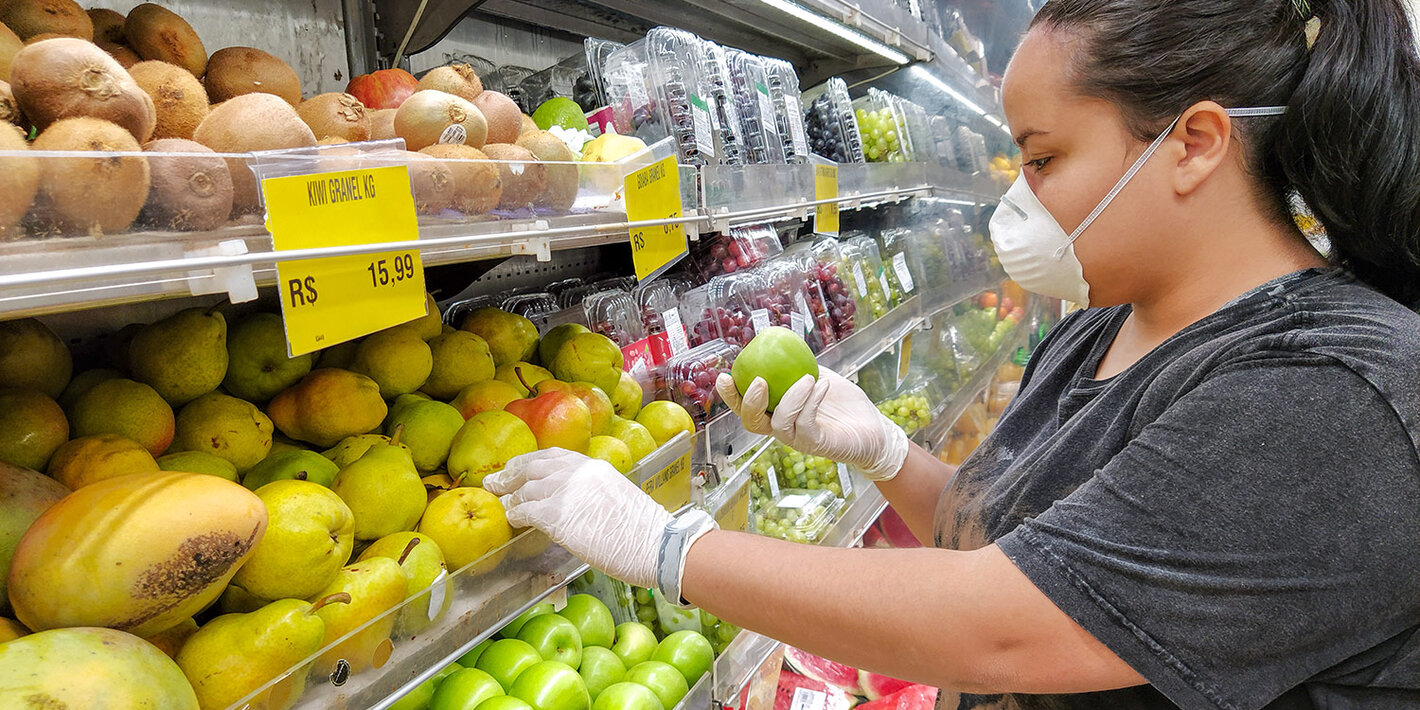When it comes to choosing healthy fruit snacks, not all options are created equal. A recent study by food scientists at the University of Massachusetts Amherst has shed light on the nutritional profiles of various fruit snacks, providing valuable insights for health-conscious consumers.
Published in the journal Nutrients, the study conducted by Amanda Kinchla, extension professor, and Alissa Nolden, assistant professor, evaluated nearly 1,500 commercially available fruit snacks to determine their nutritional value. Their findings highlight significant differences in nutrient density and sugar content among different types of fruit snacks, offering guidance for those seeking nutritious snack options.
The researchers discovered that only three types of fruit snacks — dried fruit, fruit puree, and canned fruit with juice — meet the latest recommendations for high-nutrition snacks set by federal dietary guidelines. Among these options, dried fruit emerged as the top choice, boasting the highest nutrient density and fiber content, while containing the lowest added sugar.
Conversely, fruit-flavored snacks such as gummies were found to have the lowest nutrient density and fiber content, accompanied by the highest amount of added sugar. Other fruit snack options with low nutrient density included canned fruit packed in syrup and dried flavored fruit, both containing elevated levels of added sugar.
Kinchla and Nolden employed the Nutrient Rich Foods (NRF) Index to assess the overall nutrition quality of each fruit snack, considering various desirable nutrients such as protein, dietary fiber, potassium, and vitamins, alongside components like saturated fat, cholesterol, added sugar, and sodium, which are recommended to be limited in the diet.
The study highlights the importance of making informed choices when selecting fruit snacks, particularly as many individuals fail to meet the recommended daily fruit intake. With 80% of the U.S. population falling short of consuming the recommended five servings of fruit per day, choosing nutrient-dense fruit snacks presents a convenient strategy to boost fruit consumption.
“We were trying to connect the dots between all the nutrients, which is the advantage of the NRF — to be able to look at multiple nutrients at the same time,” explained Nolden.
Moving forward, the researchers emphasize the need for reformulation of fruit snacks to improve their nutritional quality. By reducing added sugar content, increasing fiber content, and enhancing sensory profiles, fruit snack manufacturers can offer healthier options to consumers, facilitating smart snacking choices and promoting overall health and wellness.
As consumers continue to prioritize health-conscious eating habits, research efforts like this provide valuable insights into optimizing snack choices, ultimately contributing to improved dietary patterns and well-being.











